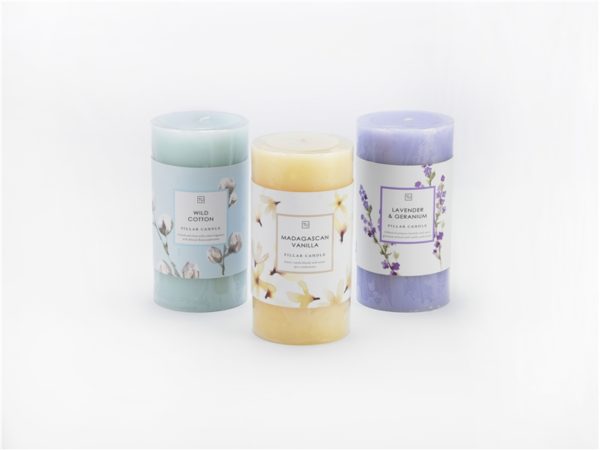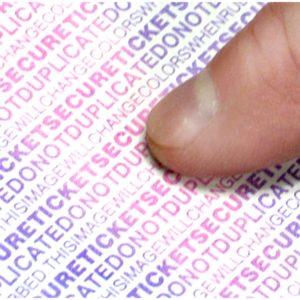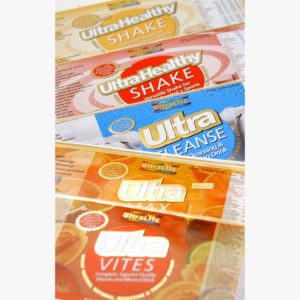Fragranced Labels
Home / Full Product Range / Full Product Range / Fragranced Labels
Fragranced Labels FAQs
Fragranced labels, also known as scratch and sniff labels, are a type of sticker that releases a scent when scratched. These labels are created using a process called microencapsulation.
Scratch and sniff labels are made through a process called microencapsulation. The process involves the following steps:
Mixing: The process begins when a scented oil is mixed with a polymer in a reactor. This mixture is then blended at high speed by a rotary blade until the oil forms into tiny beads or droplets. These droplets are the core of what will become the microcapsules.
Encapsulation: The tiny droplets of scented oil are then encapsulated in a shell, typically made of gelatin or plastic. This shell protects the scent and prevents it from being released until the microcapsule is ruptured. The size of these microcapsules is incredibly small, usually only a few microns in diameter.
Application: The microcapsules are then applied to the surface of the sticker. This can be done in a variety of ways, but often involves mixing the microcapsules with an adhesive and then applying this mixture to the sticker surface.
Activation: When the sticker is scratched, some of the microcapsules are ruptured, releasing the scent contained within. The scent can then be detected by the nose, providing the scratch and sniff experience.
Scratch and sniff labels are used on a variety of products across different industries. Here are some examples:
Air Fresheners: Consumers can scratch the label and sniff the scent to help them decide what scent they like for their home, boat, or car.
Food and Beverage Products: Scratch and sniff labels can be used on food packaging, sauce labels, juice labels, coffee and tea labels, and more. This allows consumers to get a sense of the product’s flavour or aroma before purchasing.
Cosmetic and Household Products: These labels can inspire consumers to try new products by giving them a preview of the scent. This is particularly common in beauty products like perfumes or scented lotions, as well as household products like scented candles or cleaning supplies.
Educational Materials and Toys: Scratch and sniff labels are often used in children’s books or educational materials to create an interactive learning experience. They can also be found on toys or stickers for children.
Marketing and Promotional Materials: Companies often use scratch and sniff labels in their marketing materials to create a memorable experience for the consumer. This could include direct mail pieces, magazine advertisements, or product samples.
Scented Oil: The scent of the sticker comes from scented oil. This could be a fragrance oil designed to mimic a particular scent, such as a type of fruit or flower, or an essential oil derived from the actual source of the scent.
Polymer: The scented oil is mixed with a polymer to create microcapsules. The polymer often takes the form of a synthetic cosmetic polymer such as polyoxymethylene urea.
Adhesive: The microcapsules are mixed with an adhesive to create a mixture that can be applied to the surface of the sticker.
Label Material: The adhesive and microcapsule mixture are applied to a label material to create the final scratch and sniff sticker. The label material can vary depending on the specific use case and manufacturer. For cosmetic and household products, the labels could be made from a variety of materials, including paper, plastic, vinyl, polypropylene, or even fabric, depending on the product and the desired look and feel.
It’s difficult to say exactly how long the smell lasts for in fragranced labels, however due to the micro-encapsulation process, the smell can last months and even years. Some reports have shown that the smells can last for decades however there isn’t any peer reviewed studies on the matter.
Yes, scratch and sniff stickers are generally considered safe. The scents are contained within microcapsules that are made of gelatine or plastic. The scents used in these stickers are typically the same as those used in other scented products, such as air fresheners or perfumed cosmetics.
However, as with any product, there can be exceptions. Some people may be allergic to certain scents or the materials used in the stickers. It’s also important to use these stickers as intended and avoid ingesting them or using them in a way that they weren’t designed for.
Also known as ‘scratch and sniff’ labels, these are manufactured by encapsulating a fragrance within a coating. When pressure is applied, for example by a finger, the capsules in the coating break, releasing the fragrance. Our Scratch & Sniff labels are ideally suited to on-pack promotions, promotional give-aways, or launching new products. They can accurately reproduce the product’s aroma at the point of sale and remove the need for the consumers to open and sample the product. Many oil based fragrances, perfumes and essences can be micro encapsulated and using our expertise and specialised coating techniques, can be applied to your labels to give that extra dimension. For more information please contact us.
Fragranced Labels FAQs
Fragranced labels, also known as scratch and sniff labels, are a type of sticker that releases a scent when scratched. These labels are created using a process called microencapsulation.
Scratch and sniff labels are made through a process called microencapsulation. The process involves the following steps:
Mixing: The process begins when a scented oil is mixed with a polymer in a reactor. This mixture is then blended at high speed by a rotary blade until the oil forms into tiny beads or droplets. These droplets are the core of what will become the microcapsules.
Encapsulation: The tiny droplets of scented oil are then encapsulated in a shell, typically made of gelatin or plastic. This shell protects the scent and prevents it from being released until the microcapsule is ruptured. The size of these microcapsules is incredibly small, usually only a few microns in diameter.
Application: The microcapsules are then applied to the surface of the sticker. This can be done in a variety of ways, but often involves mixing the microcapsules with an adhesive and then applying this mixture to the sticker surface.
Activation: When the sticker is scratched, some of the microcapsules are ruptured, releasing the scent contained within. The scent can then be detected by the nose, providing the scratch and sniff experience.
Scratch and sniff labels are used on a variety of products across different industries. Here are some examples:
Air Fresheners: Consumers can scratch the label and sniff the scent to help them decide what scent they like for their home, boat, or car.
Food and Beverage Products: Scratch and sniff labels can be used on food packaging, sauce labels, juice labels, coffee and tea labels, and more. This allows consumers to get a sense of the product’s flavour or aroma before purchasing.
Cosmetic and Household Products: These labels can inspire consumers to try new products by giving them a preview of the scent. This is particularly common in beauty products like perfumes or scented lotions, as well as household products like scented candles or cleaning supplies.
Educational Materials and Toys: Scratch and sniff labels are often used in children’s books or educational materials to create an interactive learning experience. They can also be found on toys or stickers for children.
Marketing and Promotional Materials: Companies often use scratch and sniff labels in their marketing materials to create a memorable experience for the consumer. This could include direct mail pieces, magazine advertisements, or product samples.
Scented Oil: The scent of the sticker comes from scented oil. This could be a fragrance oil designed to mimic a particular scent, such as a type of fruit or flower, or an essential oil derived from the actual source of the scent.
Polymer: The scented oil is mixed with a polymer to create microcapsules. The polymer often takes the form of a synthetic cosmetic polymer such as polyoxymethylene urea.
Adhesive: The microcapsules are mixed with an adhesive to create a mixture that can be applied to the surface of the sticker.
Label Material: The adhesive and microcapsule mixture are applied to a label material to create the final scratch and sniff sticker. The label material can vary depending on the specific use case and manufacturer. For cosmetic and household products, the labels could be made from a variety of materials, including paper, plastic, vinyl, polypropylene, or even fabric, depending on the product and the desired look and feel.
It’s difficult to say exactly how long the smell lasts for in fragranced labels, however due to the micro-encapsulation process, the smell can last months and even years. Some reports have shown that the smells can last for decades however there isn’t any peer reviewed studies on the matter.
Yes, scratch and sniff stickers are generally considered safe. The scents are contained within microcapsules that are made of gelatine or plastic. The scents used in these stickers are typically the same as those used in other scented products, such as air fresheners or perfumed cosmetics.
However, as with any product, there can be exceptions. Some people may be allergic to certain scents or the materials used in the stickers. It’s also important to use these stickers as intended and avoid ingesting them or using them in a way that they weren’t designed for.
Also known as ‘scratch and sniff’ labels, these are manufactured by encapsulating a fragrance within a coating. When pressure is applied, for example by a finger, the capsules in the coating break, releasing the fragrance. Our Scratch & Sniff labels are ideally suited to on-pack promotions, promotional give-aways, or launching new products. They can accurately reproduce the product’s aroma at the point of sale and remove the need for the consumers to open and sample the product. Many oil based fragrances, perfumes and essences can be micro encapsulated and using our expertise and specialised coating techniques, can be applied to your labels to give that extra dimension. For more information please contact us.






















